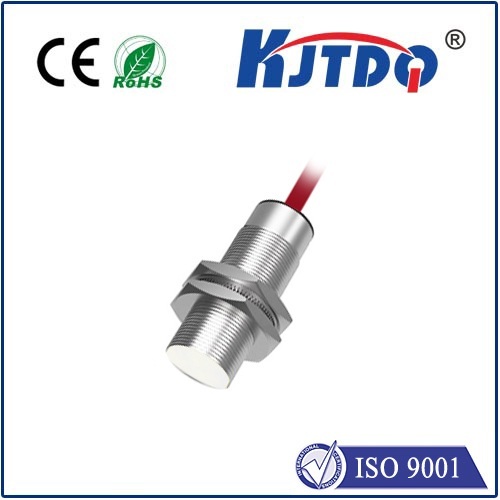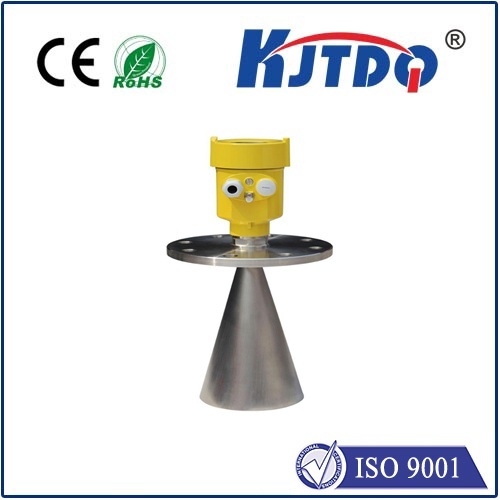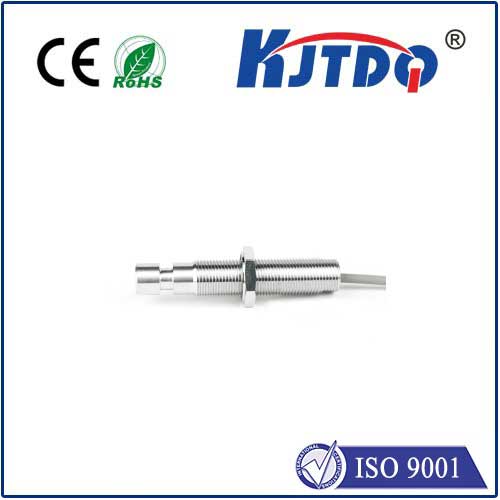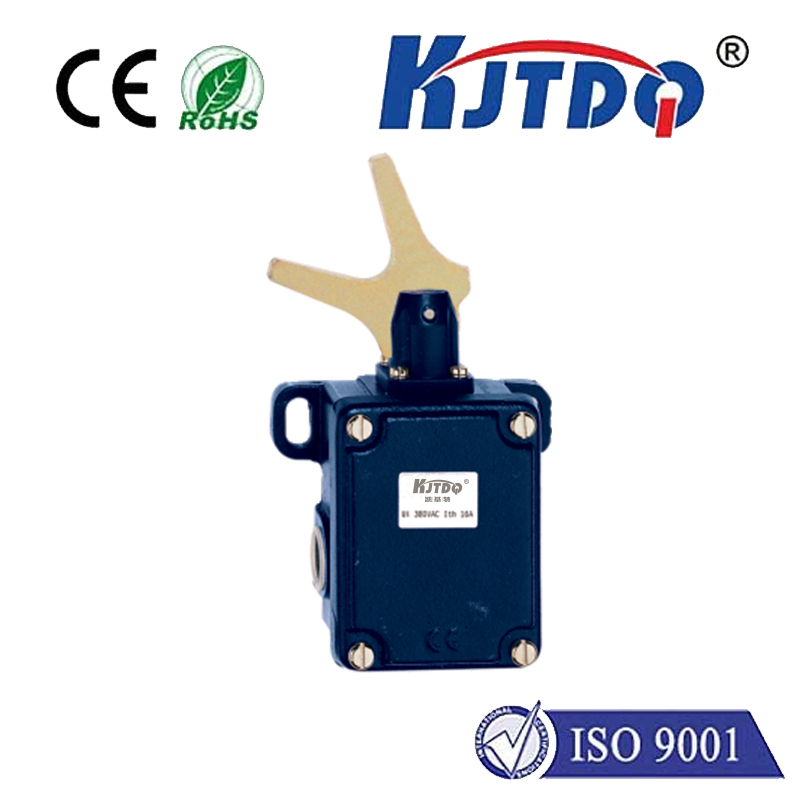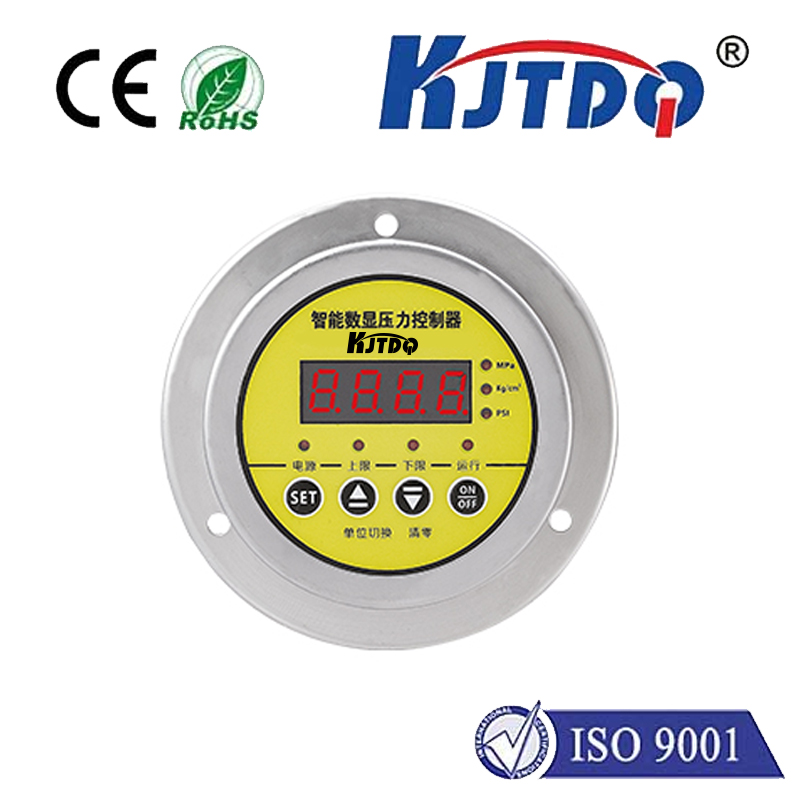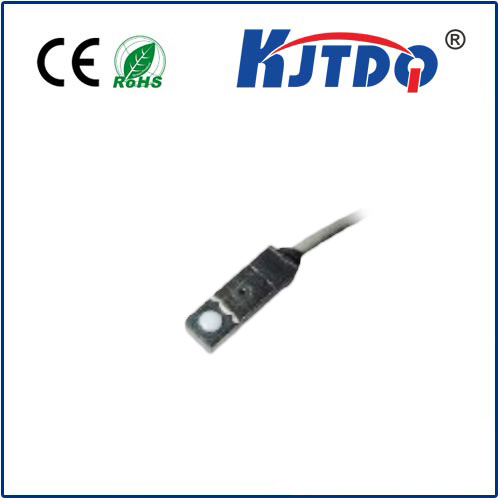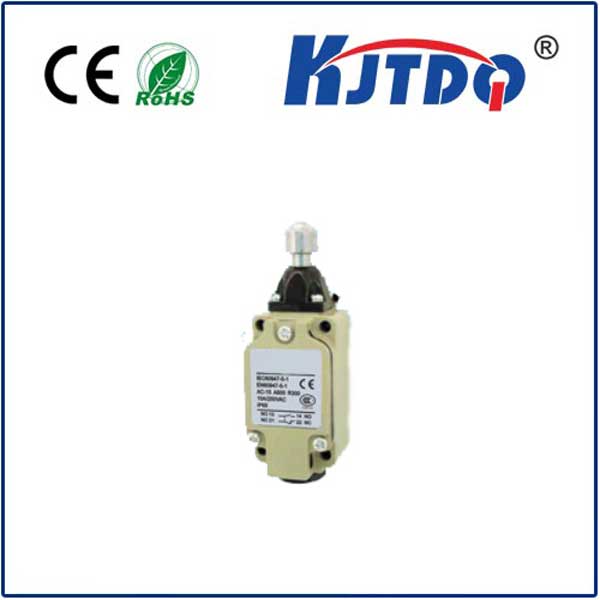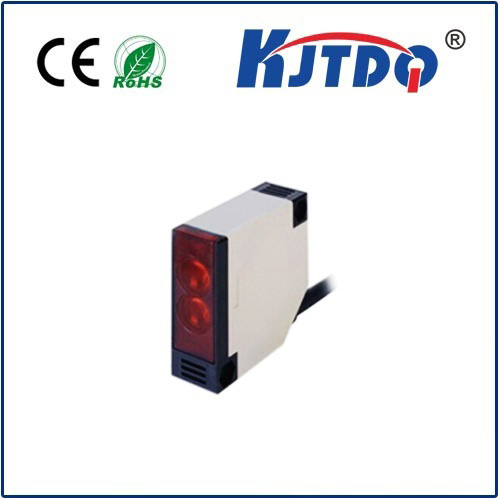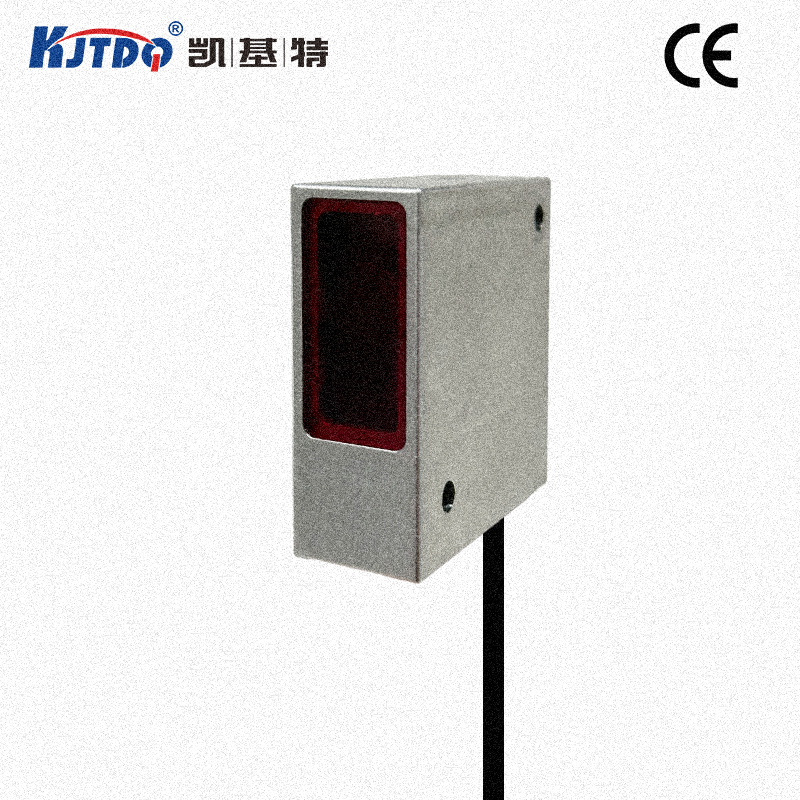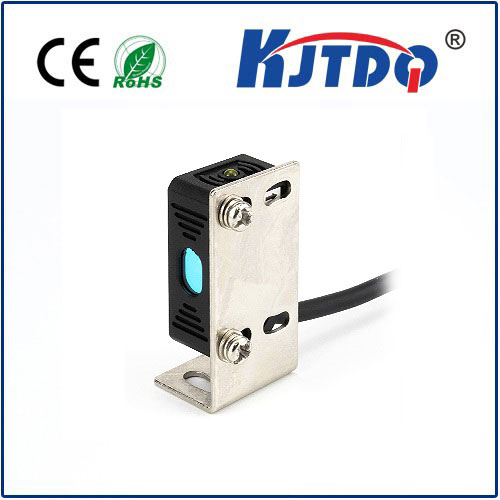
check

check

check

check
Title: The Importance of Proximity Type Limit Switches in Industrial Automation
In the world of industrial automation, limit switches play a critical role in ensuring the accurate and reliable operation of machinery and equipment. Among various types of limit switches, proximity type limit switches have gained immense popularity due to their unique features and benefits. In this article, we will discuss the importance of proximity type limit switches in industrial automation.
Firstly, let us understand what a proximity type limit switch is. A proximity type limit switch is a sensor that detects the presence or absence of an object without any physical contact. It uses electromagnetic fields, such as inductive, capacitive, or ultrasonic principles, to detect metal objects or liquid surfaces. This non-contact method eliminates the wearing and tearing of mechanical parts, increasing the lifespan of the equipment.
The use of proximity type limit switches offers several advantages over traditional limit switches. One significant benefit is improved reliability and durability. Since there is no physical contact between the switch and the object being detected, there is less chance of wear and tear, reducing maintenance costs and downtime. Additionally, these switches are less likely to be affected by environmental factors such as dust, dirt, or moisture, making them ideal for harsh industrial environments.
Furthermore, proximity type limit switches provide faster response times and increased accuracy compared to other limit switches. They can detect the presence or absence of an object within milliseconds, allowing for faster processing times and more efficient operations. This increased speed and accuracy can lead to higher productivity levels and improved overall performance.
Proximity type limit switches also offer greater flexibility in terms of installation and configuration. They can be easily mounted on various surfaces and adjusted to different sensing distances based on specific application requirements. This adaptability makes them suitable for a wide range of industrial applications, from conveyor systems to machine tool control.
In conclusion, proximity type limit switches play a crucial role in industrial automation by providing reliable, durable, and accurate sensing capabilities. Their non-contact nature reduces wear and tear, while their fast response times and flexibility make them ideal for various applications. As technology continues to advance, it is expected that proximity type limit switches will become even more integral to the future of industrial automation.
